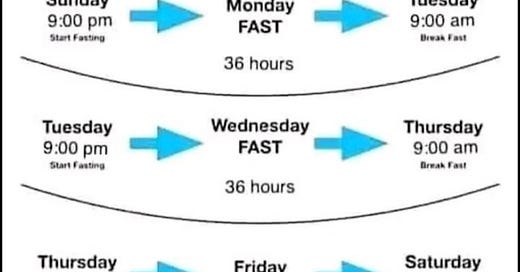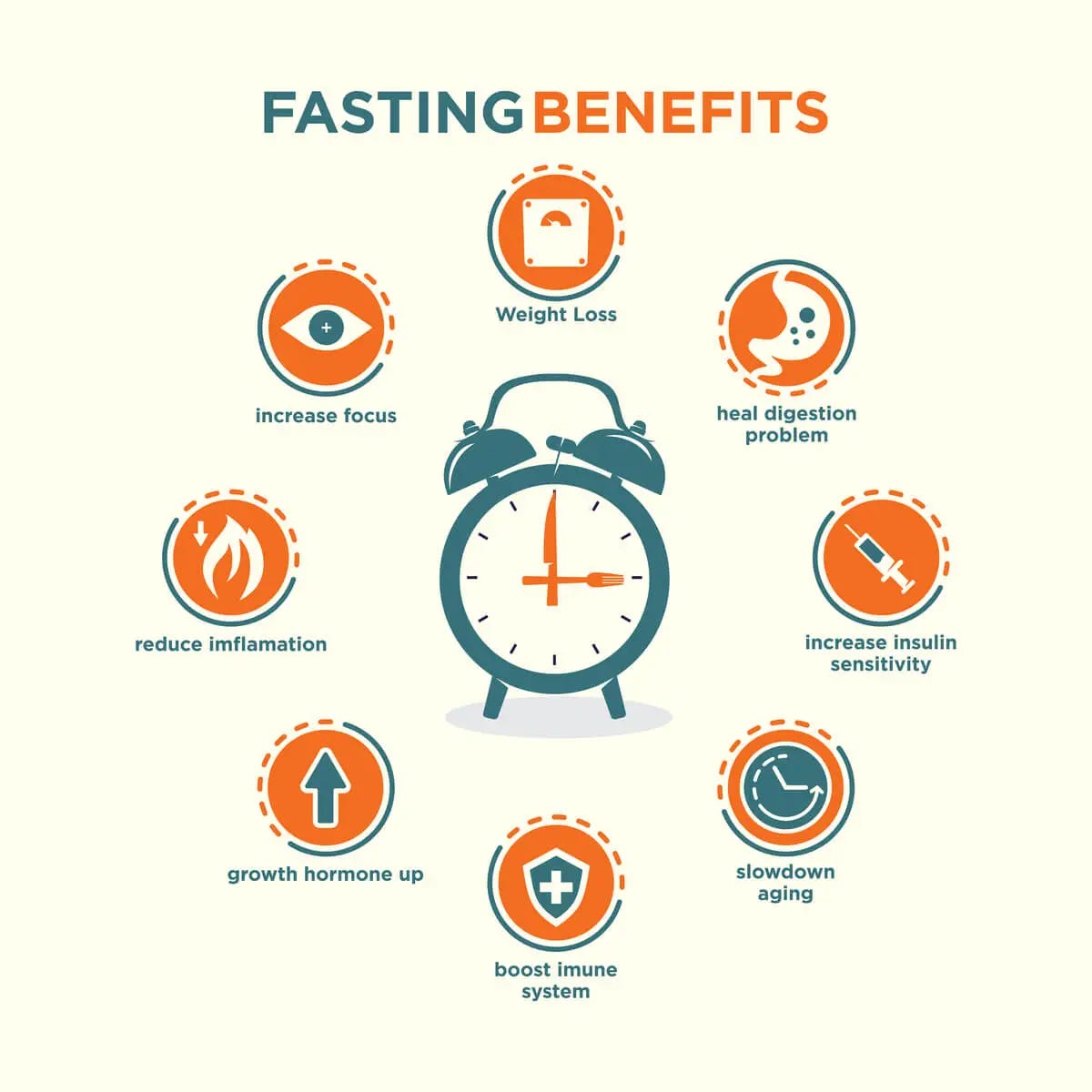The Benefits of Alternating Your Fasting Schedule
Adding in some longer fasts is often the key to breaking through insulin resistance.
It’s nice to fall into a fasting routine where you begin eating at the exact same time every day. It makes life predictable, and this gives great results for many people. Many lose the abdominal belly fat, break their processed food addiction, get their A1c back in a healthy range, and have the energy they had in their 20s.
This is what happened when my husband Chris started fasting and consistently stuck to a 16:8. He lost 20 lbs and 5 inches off his waist in 4 months. This was all he needed to lose.
But if you look at the tiny sample size represented by just myself and my husband Chris, you’ll see the two fasting schedule extremes.
While all Chris had to do was fast 16:8, I couldn’t lose a pound—not ONE pound—until I started alternate-day fasting (ADF). This was after doing OMAD 20:4 (One Meal a Day, fasting 20 hours, eating within 4 hours) for SIX MONTHS.
I don’t often mention my unique fasting experience to people when they initially show curiosity about fasting because few people have to do something as radical as that. The majority of people have a fasting story that more closely resembles Chris’ story. However, a few people will have to do something similar to what I did.
How Do I Know Which Category I Fall Into?
Without trying a fasting regimen, you can’t know for sure. But there are some upfront clues that can give you a general idea of which camp you’ll fall into. After listening to over 300 people tell their fasting stories on Gin Stephen’s Intermittent Fasting Stories Podcast, I’ve picked up on some patterns that are well-presented by Chris and me. These are not hard and fast rules, but only clues.
Keep reading with a 7-day free trial
Subscribe to Fast Well | Feast Well to keep reading this post and get 7 days of free access to the full post archives.




